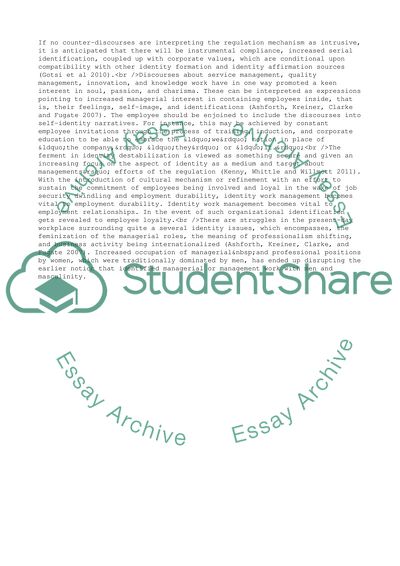Cite this document
(Individual's Identity at Work Essay Example | Topics and Well Written Essays - 2000 words, n.d.)
Individual's Identity at Work Essay Example | Topics and Well Written Essays - 2000 words. https://studentshare.org/management/1789358-individual-at-work
Individual's Identity at Work Essay Example | Topics and Well Written Essays - 2000 words. https://studentshare.org/management/1789358-individual-at-work
(Individual'S Identity at Work Essay Example | Topics and Well Written Essays - 2000 Words)
Individual'S Identity at Work Essay Example | Topics and Well Written Essays - 2000 Words. https://studentshare.org/management/1789358-individual-at-work.
Individual'S Identity at Work Essay Example | Topics and Well Written Essays - 2000 Words. https://studentshare.org/management/1789358-individual-at-work.
“Individual'S Identity at Work Essay Example | Topics and Well Written Essays - 2000 Words”. https://studentshare.org/management/1789358-individual-at-work.


